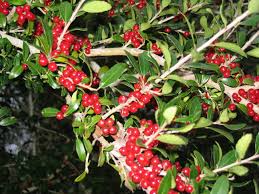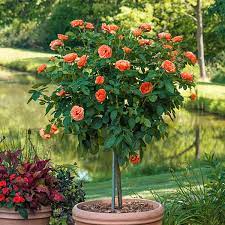Ilex vomitoria
(Holly, Yaupon)
$599.99
Out of Stock

Hardiness Zones:
10a 10b 7a 7b 8a 8b 9a 9b
Quick Overview:
Ilex vomitoria commonly known as Yaupon is native to a variety of areas including sandy woods, dunes, open fields, forest edges and wet swamps, often along the coastal plain and maritime forests, from Virginia to Florida, Arkansas and Texas. This is a thicket-forming, broadleaf evergreen shrub or small tree that typically grows in an upright, irregularly branched form to 10-20′ tall and to 10′ wide, but may grow taller in optimum conditions. Elliptic to ovate-oblong, leathery, glossy, evergreen, dark green leaves (to 1.5″ long) have toothed margins. Small greenish-white flowers appear on male and female plants in spring (April). Flowers are fragrant but generally inconspicuous. Pollinated flowers on female plants give way to berry-like red (infrequently yellow) fruits (1/4″ diameter) which ripen in fall and persist into winter. Birds are attracted to the fruit. (Courtesy of Missouri Botanical Garden Plant Finder)
Out of stock






